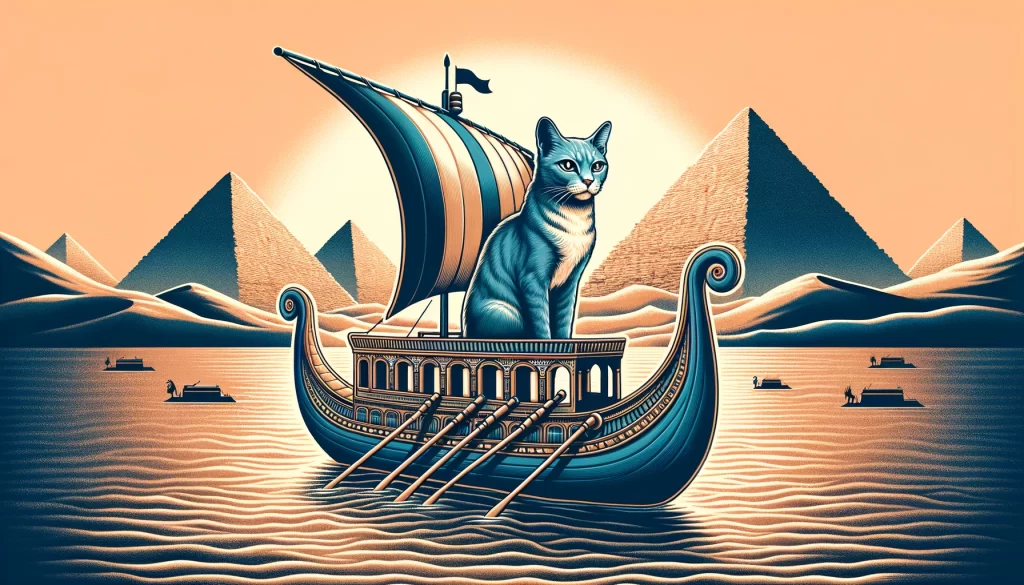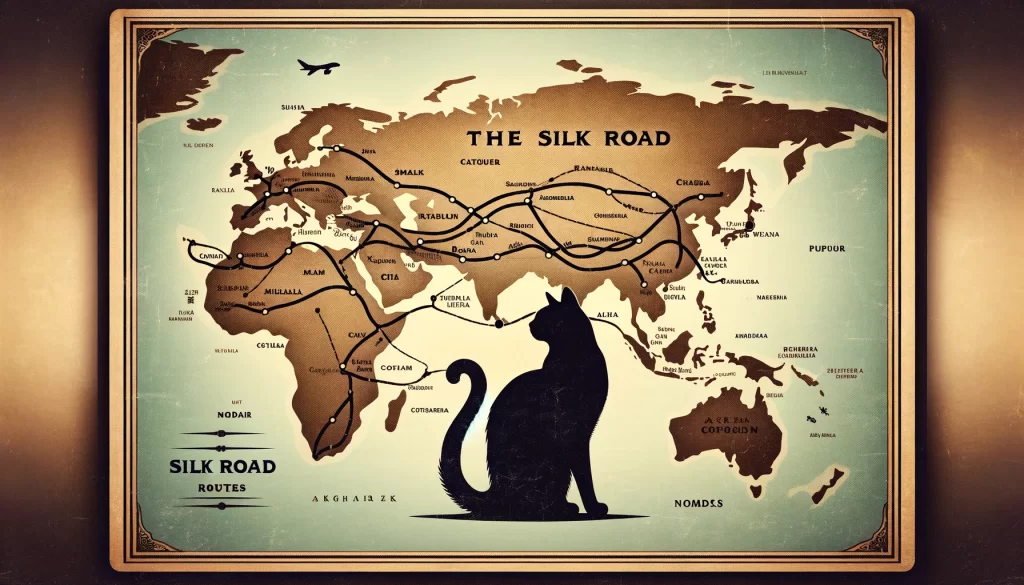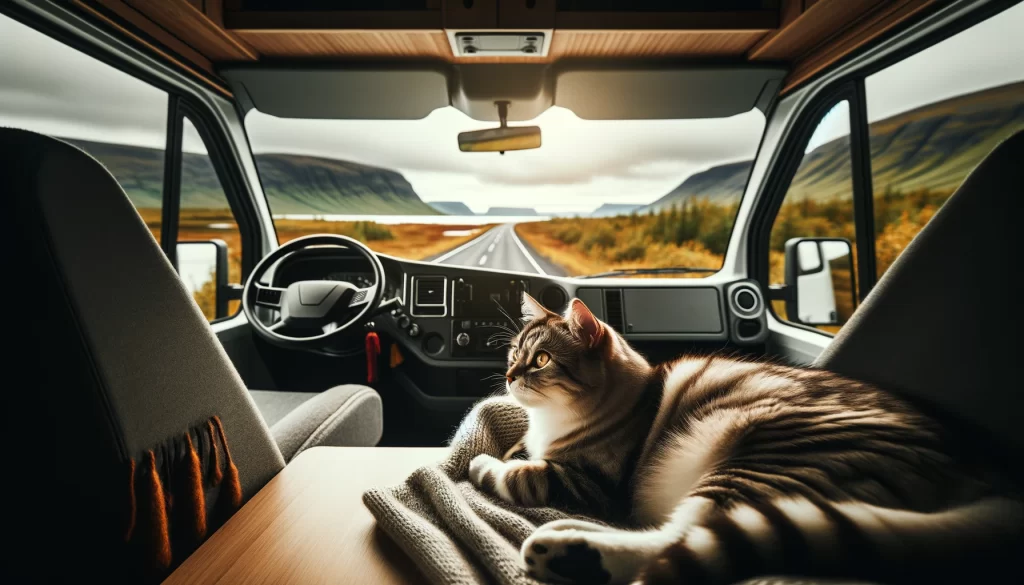Cats have been steadfast companions to humans for thousands of years, not just as pets but as vital participants in our shared history of exploration and discovery. The relationship between humans and felines is deeply intertwined with our own nomadic tendencies and the spread of civilizations across the globe.
Feline Voyagers of Ancient Times
The history of cats traveling alongside humans can be traced back to ancient civilizations. The Egyptians, renowned for their reverence of cats, are believed to have used these agile creatures on their ships to control rodents, a practice that not only protected the grain supplies but also ensured safe and healthy voyages. This symbiotic relationship between cats and sailors likely facilitated the spread of domesticated cats from Egypt to various parts of Europe and Asia.

Cats in the Age of Discovery
During the Age of Discovery, cats continued to be indispensable crew members aboard exploration and trade ships. Their role in pest control was crucial for preventing disease and protecting food supplies during long voyages. It’s said that famous explorers like Christopher Columbus, Vasco da Gama, and Ferdinand Magellan had cats on their ships, highlighting the importance of these feline navigators in seafaring history.
The Silk Road and Beyond
The Silk Road, a network of trade routes connecting the East and West, also played a significant role in the spread of domesticated cats. Traders, travelers, and nomads who traversed these routes often carried cats with them for companionship and rodent control, introducing them to new lands and cultures.

Cats as Cultural Ambassadors
Cats didn’t just control pests; they became part of the cultural and spiritual fabric of the societies they entered. In Japan, for example, cats are considered symbols of good luck and prosperity, epitomized by the Maneki-neko (the beckoning cat). Similarly, in Islamic tradition, cats are revered for their cleanliness and independence, with several hadiths (sayings of the Prophet Muhammad) praising their virtues.
Scientific Contributions
Cats have also accompanied researchers and scientists on expeditions, contributing to important scientific discoveries. For instance, in the early 20th century, felines were part of polar expeditions, providing companionship and stress relief to explorers in the harsh, icy environments.
Modern-Day Feline Explorers
Today, the tradition of traveling with cats continues, albeit in a more domesticated fashion. With the advent of pet-friendly travel policies, cats are now frequent companions on road trips, flights, and even in the realm of van life and digital nomadism. Social media platforms are filled with accounts dedicated to adventurous cats and their travels, inspiring a new generation of explorers to see the world with their feline friends by their side.

From ancient ships to modern-day vans, cats have been our companions in exploration and adventure. Their presence on our journeys is a testament to the deep bond shared between humans and felines, a bond that transcends time and geography.
As an Amazon Associate, I earn from qualifying purchases.
Sources for this post are drawn from historical accounts, cultural studies, and the rich tapestry of folklore surrounding cats across the world. It was also mostly written with the help of ChatGPT. While specific sources haven’t been cited in this blog post draft, for a detailed and well-researched article, it’s recommended to consult academic journals, historical texts, and reputable websites dedicated to history, archaeology, and animal studies.
